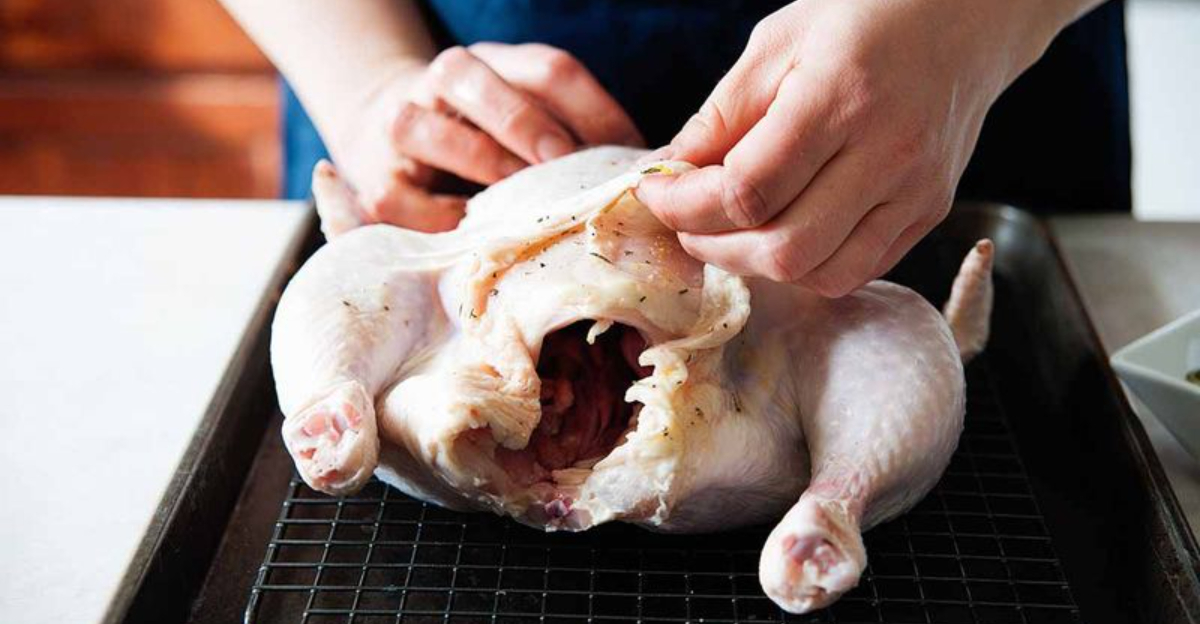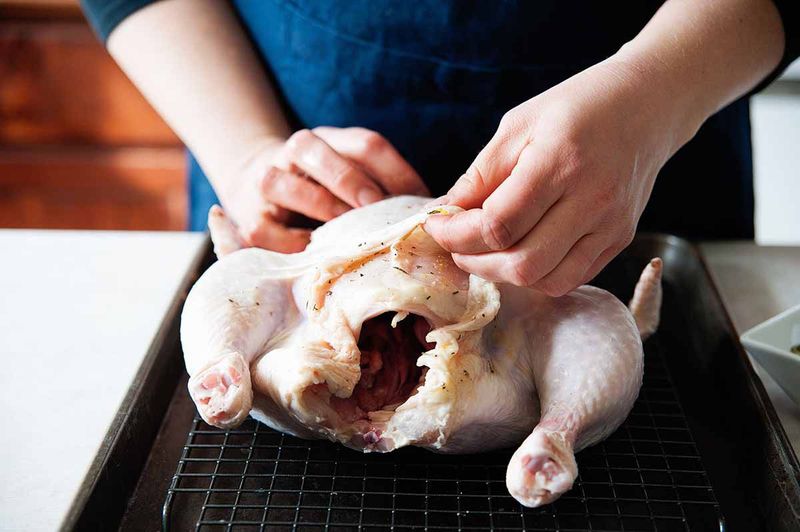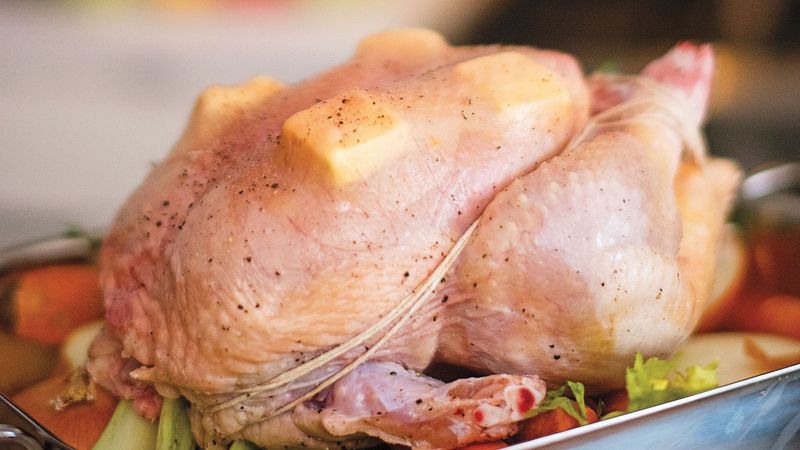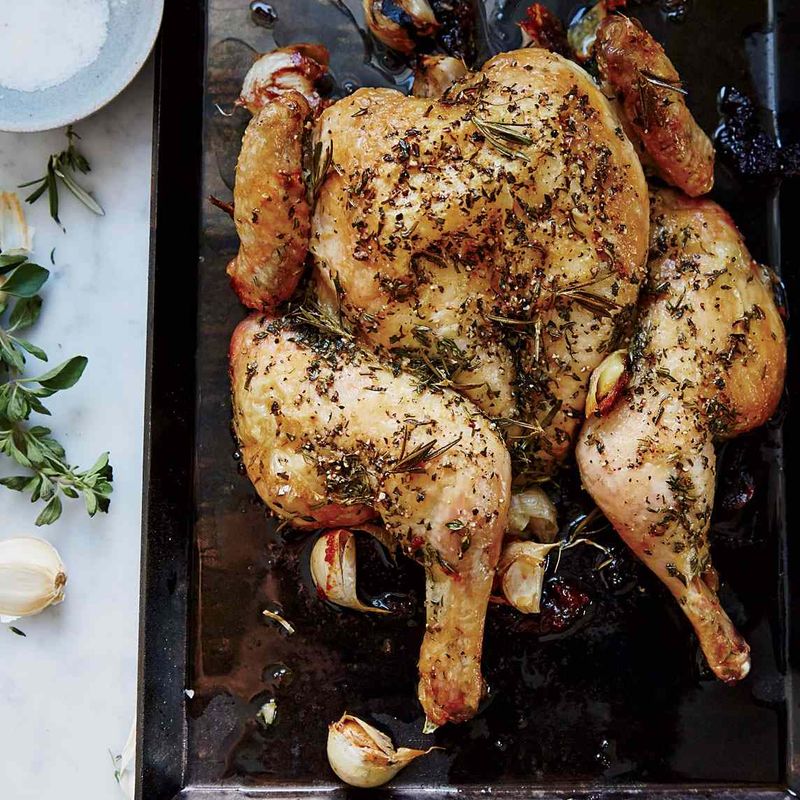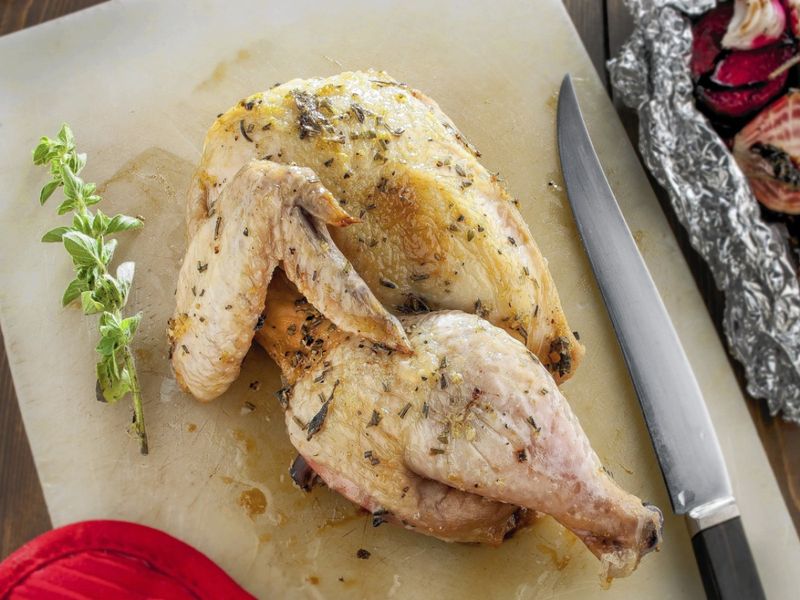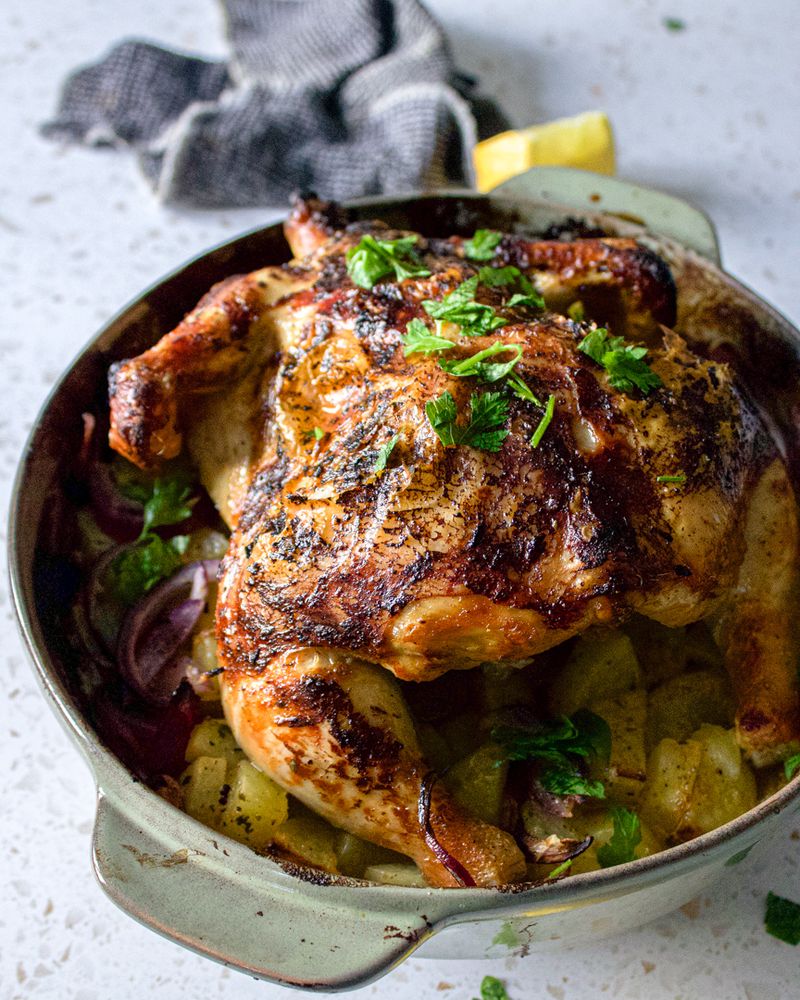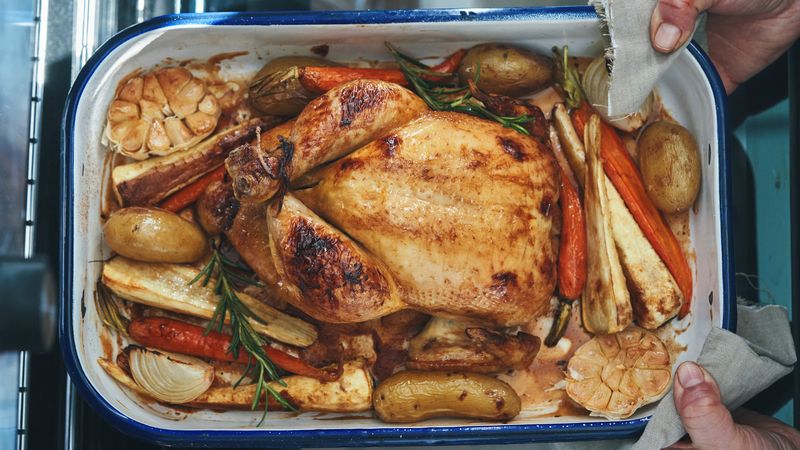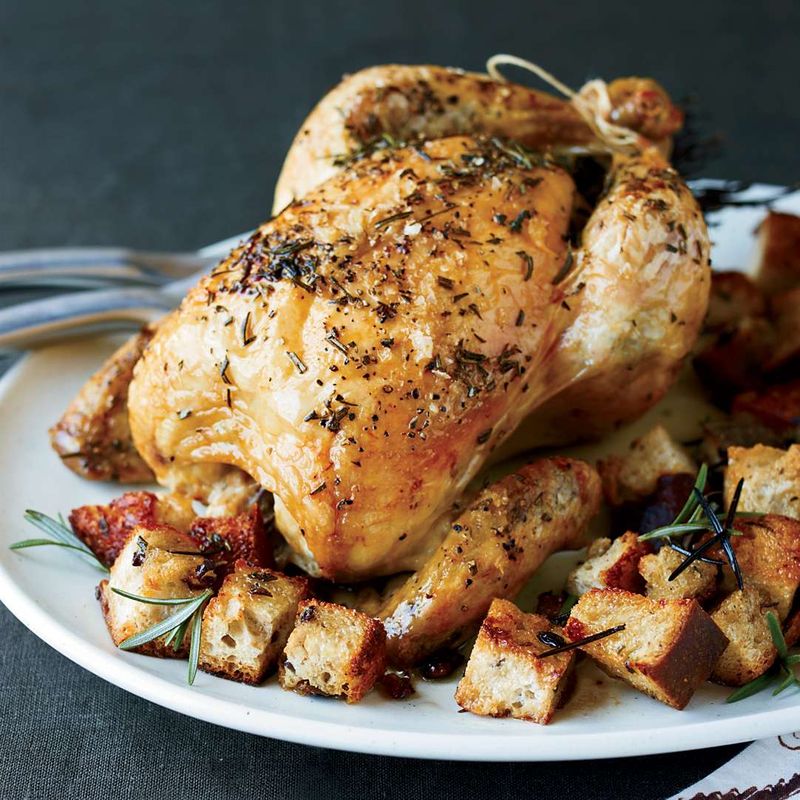Everyone loves a perfectly roasted chicken with crispy skin and tender, juicy meat. But achieving that perfect balance can feel like kitchen magic. We decided to put eight different roasting methods to the test, measuring everything from flavor to moisture retention. After weeks of testing (and many delicious meals), we found clear winners and losers in the quest for the ultimate juicy chicken.
1. Dry Brining Magic
Salt is your secret weapon for incredibly juicy chicken. By generously seasoning the bird with kosher salt and letting it rest uncovered in the refrigerator overnight, you’re essentially performing food science magic.
The salt initially draws moisture out, then gets reabsorbed into the meat along with the dissolved salt. This process breaks down tough muscle proteins and seasons the chicken all the way through.
Our test revealed meat that was seasoned to perfection and noticeably juicier than our control chicken. The bonus? The overnight air-drying created skin that crackled with each bite.
2. Butter Under the Skin
Carefully sliding herb-infused butter beneath the skin creates pockets of rich flavor. The technique requires a gentle touch – separating the skin from the meat without tearing it, then massaging softened butter mixed with garlic, herbs, and lemon zest into every available space.
During roasting, this butter slowly melts, basting the meat from within. Our testers unanimously praised the enhanced flavor and noticeable moisture this method provided.
While slightly more labor-intensive than other approaches, the payoff in terms of juiciness and flavor complexity made this method worth the extra effort.
3. Spatchcocking Surprise
Removing the backbone and flattening the chicken might look strange, but the results are spectacular. This technique, called spatchcocking, allows the chicken to cook more evenly since all parts are the same thickness.
Our spatchcocked bird cooked about 30% faster than a traditional roast chicken. The real magic happened with moisture retention – because the cooking time was shorter, less moisture evaporated from the meat.
The even heat exposure meant both breast and thigh meat reached their ideal temperatures simultaneously, eliminating the common problem of dry breast meat by the time thighs are fully cooked.
4. Beer Can Throne
Perching a chicken atop a half-full beer can looks comical but creates seriously juicy results. The theory is simple: as the beer heats, it creates steam that flavors and moistens the chicken from the inside out.
We found this method delivered exceptionally moist breast meat. The vertical roasting position allows fat to drip away while the steam works its magic inside the cavity.
A surprising benefit was the perfectly crisp skin all around – no soggy spots where the chicken might typically rest on a pan. While the beer flavor was subtle, the improvement in juiciness was unmistakable.
5. Low and Slow Revolution
Conventional wisdom says high heat for crispy skin, but our low-temperature experiment yielded surprising results. Roasting at just 300°F for a longer period produced meat with incredible tenderness.
The gentle heat allows proteins to break down slowly without forcing moisture out of the meat. We finished with a quick blast of high heat to crisp the skin.
Testers noted this method produced the most evenly juicy chicken throughout both white and dark meat. The downside? Time commitment – nearly two hours of roasting compared to the typical one hour at higher temperatures.
6. Yogurt Marinade Miracle
Tangy yogurt transforms ordinary chicken into something extraordinary. The lactic acid in yogurt gently tenderizes meat without making it mushy, while the protein creates a protective coating that seals in moisture.
Our yogurt-marinated chicken (coated in a mixture of Greek yogurt, lemon, garlic, and herbs for 8 hours) emerged from the oven with a beautiful burnished exterior. The meat inside remained remarkably succulent, particularly the breast portions.
An unexpected bonus: the sugars in yogurt caramelized during roasting, creating complex flavor notes that plain roast chicken typically lacks.
7. The Flip Method
Starting breast-side down then flipping midway through cooking sounds simple but works wonders. This technique allows the fattier dark meat to baste the leaner breast meat naturally during the first phase of cooking.
Using sturdy tongs and a clean kitchen towel, we carefully flipped our bird halfway through roasting. The result? Breast meat that rivaled the juiciness of the thighs – an impressive feat.
The only drawback was slightly less evenly crisp skin, as the breast skin doesn’t get as much direct heat. For those prioritizing juicy meat over perfect skin, this method delivers outstanding results with minimal effort.
8. WINNER: Brine-Roast-Rest Trifecta
Our winning method combined three crucial techniques: brining, proper temperature management, and adequate resting. We soaked our chicken in a solution of salt, sugar, and aromatics for 4 hours before patting it completely dry.
Roasting began at 425°F for 15 minutes to crisp the skin, then continued at 350°F until the thigh reached exactly 165°F. Most importantly, we let the chicken rest for a full 25 minutes before carving.
This combination produced what testers unanimously declared the juiciest chicken, with perfectly seasoned meat and crispy, golden skin. The extended rest period proved especially crucial for allowing juices to redistribute throughout the meat.
